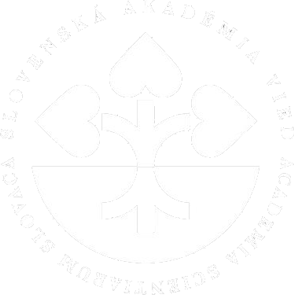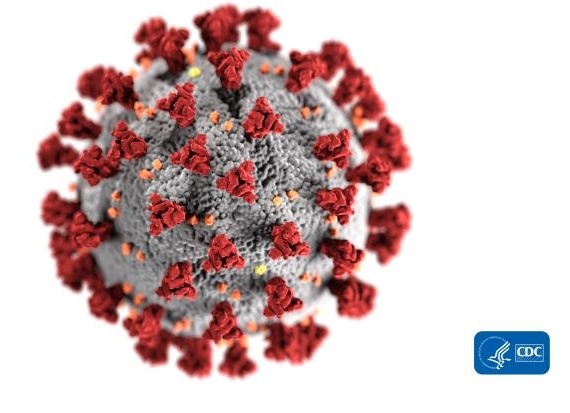In reaction to the epidemiologic situation concerning a new coronavirus SARS-CoV-2, which changes dynamically and creates disinformation, we deliver the following opinion of researchers of the Institute of Virology of the Biomedical Centre of the Slovak Academy of Sciences as of February 28, 2020.
FACTS
- The new coronavirus (initially referred to as nCoV-2019) has an official name SARS-CoV-2 and a disease it causes has the name COVID-19 (from the English COrona VIrus Disease 2019).
- It falls within the genus of Betacoronaviruses, which cause respiratory and digestive diseases. These viruses contain a genetic information in the form of an RNA and they are enveloped by a spike-like protein resembling a crown and allow the virus to enter the cell. The SARS-CoV-2 receptor, referred to as ACE2, is found on the surface of the oral cavity mucosae, in respiratory and digestive tracts.
- SARS-CoV-2 is related to viruses known from recent history, i.e. SARS Coronavirus (2002) and MERS Coronavirus (2012).
- All of these viruses had crossed the interspecies barrier, they had been transmitted from animals to humans and consequently spread in the human population.
- The major threat of the new SARS-CoV-2 comes from the fact that it is spread by air (via droplet transmission) and it can be transmitted by infected people who show none or very mild external manifestations of the disease.
- COVID-19 has a wide range of manifestations of respiratory diseases, from mild ones (coughing, increased temperature) through severe (high fever, suffocating cough, diarrhea, muscle pain) to severe pneumonia and kidney failure, which may result in death.
- In most cases, the course of the disease is mild.
- Elderly people (65+), people with underlying chronic diseases and those with weakened immune system are expected to be more at risk of developing severe course of the disease.
- The characteristics of the virus are not yet sufficiently explored.
RECOMMENDATIONS
- Follow the strict personal hygiene (wash hands frequently with soap or alcohol-based hand rub, cover nose and mouth when coughing and sneezing, avoid sneezing into your hands, use flexed elbow or paper tissues for coughing and discard the tissues afterwards into a closed waste container or the like).
- Take care of the cleanliness of the immediate environment (cleaning the touch surfaces – handles, mobiles, table, etc.) and limit wearing bracelets and other objects on hands.
- Avoid close contact with people who show symptoms of cold or respiratory tract disease.
- Maintain social distance (at least 1 meter), do not unnecessarily shake hands.
- Avoid visiting places of mass gatherings, if not necessary.
- Stay home when having symptoms of cold, sore throat, increased temperature and coughing and do not receive visits.
- Avoid sharing personal household items such as towels, dishes and other personal objects with members of the family.
- If symptoms get worse, call the doctor or contact the Public Health Authority (uvzsr.sk) and call ahead before visiting an ambulance or emergency service.
- Have the basic medicine for fever reduction at home.
- Avoid travelling, unless necessary.








